Discover the symptoms, root causes, and science-backed treatments for microplastics in your blood and their link to cardiovascular risk. Learn when to seek help and how to manage exposure effectively.
Overview: Microplastics in Your Blood
Have you ever stopped to think about the minuscule manufactured particles that might be circulating within your body? Microplastics, defined as plastic fragments smaller than five millimeters, have become widespread contaminants in our surroundings and, alarmingly, have now been found within human blood.
A significant study from 2022 demonstrated the presence of these tiny plastics in the bloodstream of a large portion of the healthy adults they examined, indicating a broad level of exposure. Emerging findings from early 2025, published in Scientific Reports, suggest that these microplastics, particularly those originating from food packaging materials, could contribute to cardiovascular problems by causing damage to blood vessels and triggering inflammatory responses. Comprehending the implications of microplastics in your blood is an increasing concern for the well-being of our circulatory system.
Symptoms of Microplastics in Your Blood
It is important to understand that there are no specific, easily identifiable symptoms directly attributable to the presence of microplastics in your blood. However, ongoing scientific investigation points towards potential long-term health consequences that might manifest as:
- An elevated likelihood of inflammation throughout the body’s tissues.
- A possible contributing factor in the development of atherosclerosis, the hardening of the arteries.
- A potential worsening of existing cardiovascular ailments.
- An increased tendency for blood clot formation.
- The possibility of oxidative stress and damage at the cellular level.
When to See a Doctor
While there isn’t a standard medical test readily available to directly measure the presence of microplastics in your blood, it is important to discuss any concerns you might have with a healthcare professional, especially if you possess risk factors for cardiovascular disease or begin to experience new or worsening symptoms such as discomfort in the chest, difficulty breathing, unusual fatigue, or signs of poor circulation. While these symptoms can arise from various underlying causes, discussing potential environmental exposures like microplastics with your doctor can contribute to a more thorough evaluation of your heart and blood vessel health. Furthermore, if your occupation or lifestyle involves known high levels of exposure to microplastics, it is advisable to inform your doctor.
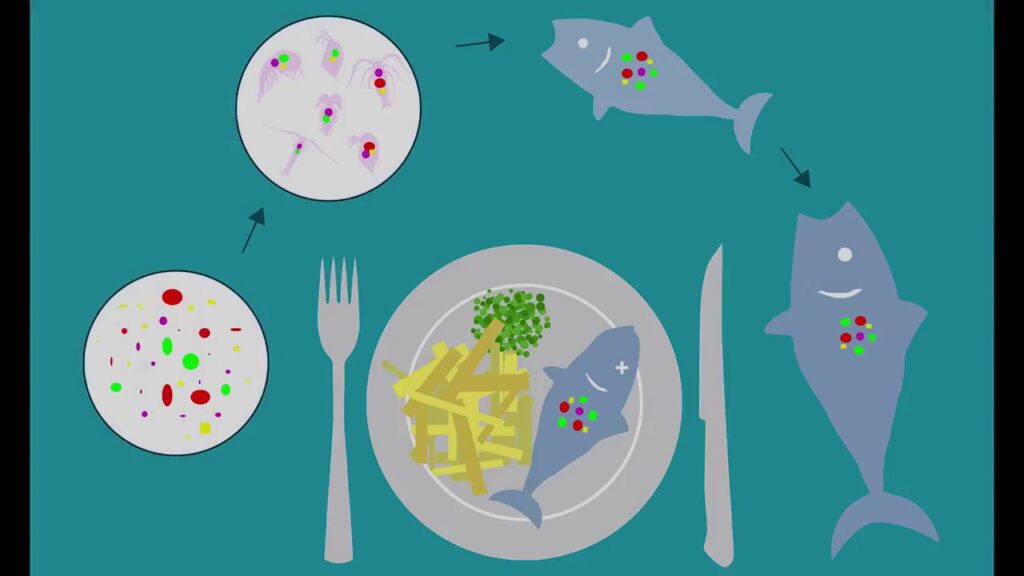
Causes of Microplastics in Your Blood
Microplastics gain entry into our bodies through multiple routes. Consumption is a primary pathway, occurring through contaminated food sources (especially seafood), drinking water (both from taps and bottles), and even dust particles in the air that settle on our food. Inhalation of airborne microplastic particles originating from sources like synthetic fabrics, the wear of vehicle tires, and household dust is another significant way these particles can enter our systems. Direct skin contact with personal care products containing microbeads or the transfer of microplastics from the environment to our skin can also contribute to internal exposure. The breakdown of larger plastic items in the environment leads to the creation of these minute particles, making them virtually omnipresent.
Mechanisms of Entry into Bloodstream
Once microplastics are ingested or inhaled, those small enough to traverse biological barriers have the potential to enter the bloodstream. Scientific studies suggest that particles smaller than ten micrometers possess the ability to be absorbed through the lining of the intestines or the tissues of the lungs into the circulatory system. These particles can then be transported to various parts of the body. Research has even indicated the presence of microplastics in human organs, demonstrating their capacity to permeate bodily tissues.
Risk Factors when microplastics in Your Blood
Several factors can elevate an individual’s potential for exposure to and the associated risks of microplastics in your blood:
- A high dietary intake of seafood, which can accumulate microplastics from the marine environment.
- Primarily consume bottled water stored in plastic containers, as research has indicated it can contain higher concentrations of microplastics compared to water filtered from a tap.
- Residing in highly polluted urban environments where the levels of airborne microplastics are significant.
- Occupational exposure in industries involved in the creation, processing, or handling of plastic materials.
- The use of personal care products that contain microbeads (although regulations in many areas have aimed to reduce or eliminate these).
- Wearing clothing made from synthetic materials, which shed microscopic plastic fibers during wear and washing.
- The use of plastic containers and utensils for food, especially when these are heated.
Complications
While research into the long-term health consequences of microplastics in your blood is still in its early stages, accumulating evidence raises concerns about potential complications:
- An increased likelihood of cardiovascular events: Studies have identified microplastics within plaques in arteries and have linked their presence to a higher incidence of heart attacks, strokes, and mortality.
- Chronic inflammation: Microplastics can trigger inflammatory responses within blood vessels and other bodily tissues.
- Oxidative stress: These foreign particles can stimulate the production of harmful free radicals, leading to damage at the cellular level.
- Potential for carrying toxic substances: Microplastics can act as carriers for various harmful chemicals and pollutants, thereby increasing their potential toxicity once inside the body.
- Disruption of cellular function: Laboratory studies have shown that microplastics can interfere with the membranes of cells and potentially lead to cell death.
Diagnosis
Currently, there are no standard clinical tests available for directly detecting microplastics in your blood. Research studies have employed sophisticated analytical techniques such as pyrolysis-gas chromatography/mass spectrometry and micro-Fourier-transform infrared spectroscopy (µFTIR) to identify and characterize microplastics in blood samples. However, these methods are primarily confined to research laboratories. As our understanding of the health risks associated with microplastics evolves, it is possible that future diagnostic tools may become accessible. For the present, diagnosis involves assessing an individual’s risk factors and managing potential downstream health issues like cardiovascular problems.
Treatment Options
Directly eliminating microplastics that have entered the bloodstream is not currently a feasible medical option. Instead, current strategies focus on minimizing further exposure and supporting the body’s natural processes of detoxification:
- Reduce the consumption of plastics: Opt for reusable water containers (preferably made of glass or stainless steel), avoid single-use plastics whenever possible, and choose products that have minimal plastic packaging.
- Use filters for drinking water: Employing a high-quality water filter can aid in removing microplastics that may be present in tap water. Research suggests that bottled water may contain a higher concentration of these particles compared to filtered tap water.
- Select natural materials: Choose clothing made from natural fibers such as cotton, wool, or linen instead of synthetic materials, and use non-plastic cutting boards and food storage containers made of glass, wood, or stainless steel.
- Improve the quality of indoor air: Regularly dust and vacuum your living spaces to reduce the levels of airborne microplastic particles. Consider using air purifiers equipped with HEPA filters.
- Support the body’s detoxification pathways: While not a direct treatment for microplastics, maintaining a healthy lifestyle through a balanced diet rich in antioxidants, adequate hydration, and regular physical activity can support the body’s natural processes for eliminating waste and foreign substances. Read More>>>>>

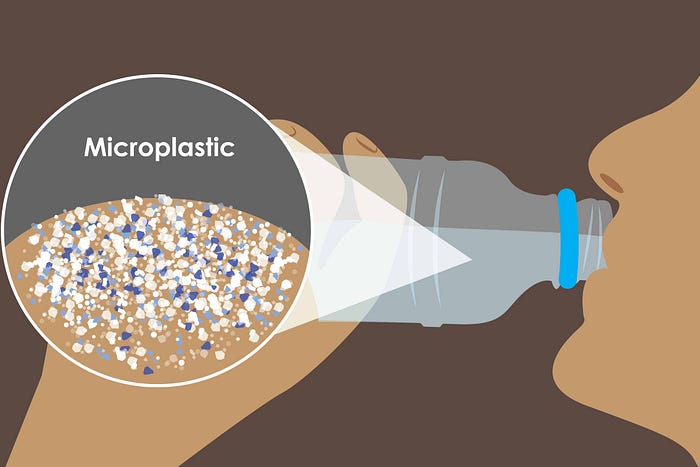
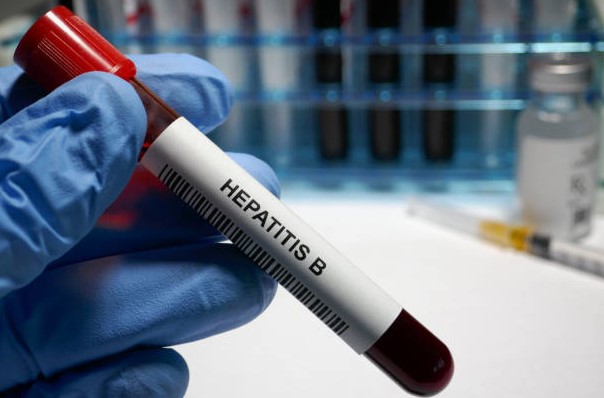
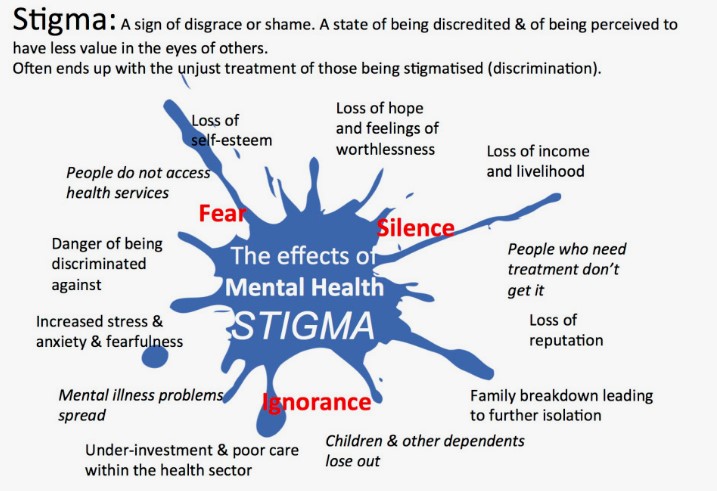
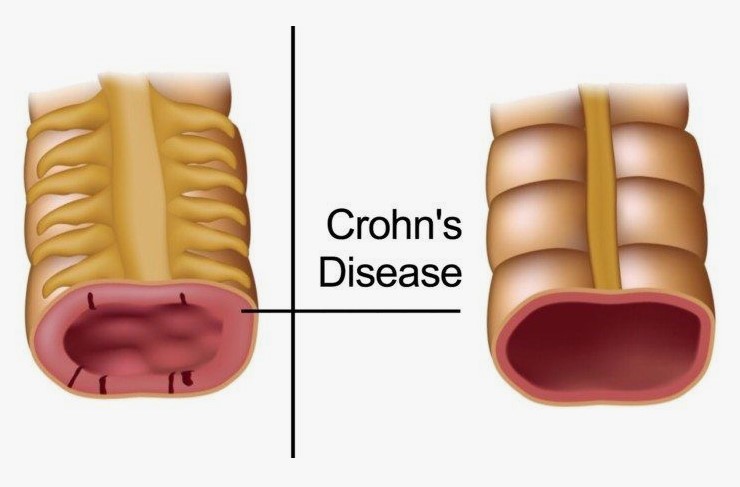

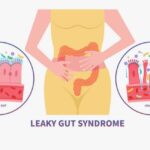
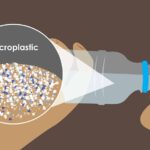
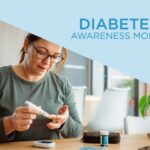
[…] Understanding Microplastics in Your Blood […]